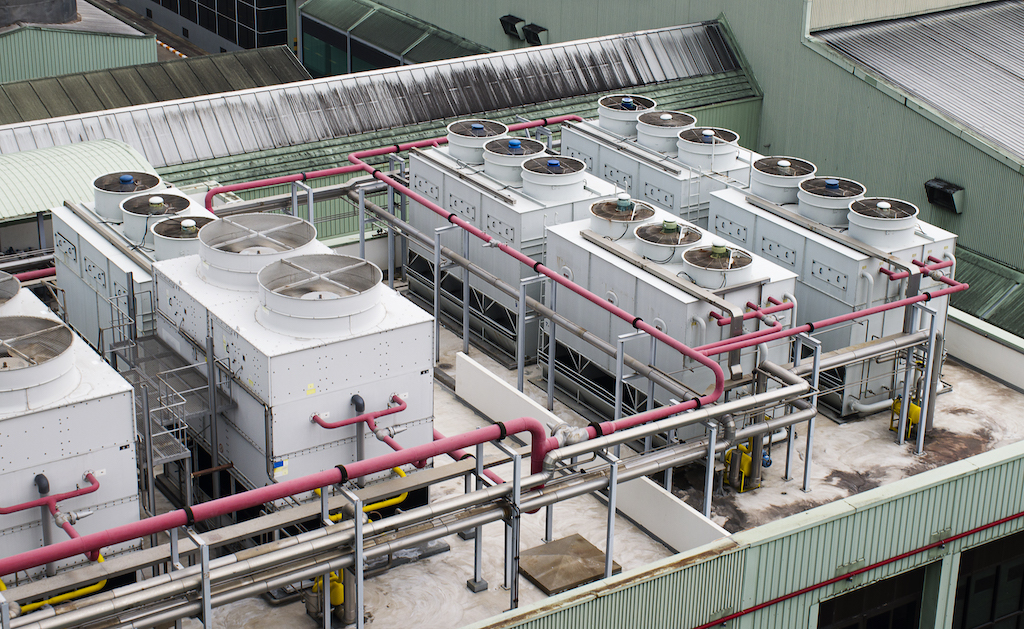Cooling is a critical aspect of data center design, particularly for ultra-high-density data centers with a high concentration of computing equipment. The use of traditional air cooling methods may not be sufficient for these types of data centers, as they may not be able to dissipate the heat generated by the equipment effectively. As a result, alternative cooling methodologies are often used to ensure that the data center maintains the necessary temperature and humidity levels.
Here are a few common cooling methodologies that are used in ultra-high-density data centers:
- Liquid cooling: Liquid cooling involves using a fluid, such as water, to transfer heat away from the computing equipment and into a cooling system. This can be more efficient than air cooling, as liquids have a higher heat capacity and can therefore remove more heat with less energy.
- Immersion cooling: Immersion cooling involves completely submerging the computing equipment in a dielectric fluid, such as mineral oil. The liquid absorbs the heat generated by the equipment and is then cooled using an external system.
- In-row cooling: In-row cooling involves placing cooling units in the same row as the computing equipment, allowing for more efficient heat transfer. This can be particularly effective for data centers with high equipment density.
Using these or other advanced cooling methodologies, data center operators can effectively manage the heat generated by ultra-high-density data centers and ensure that the equipment operates at optimal temperatures. This can improve the efficiency and reliability of the data center and extend the lifespan of the equipment.

Leave a Reply